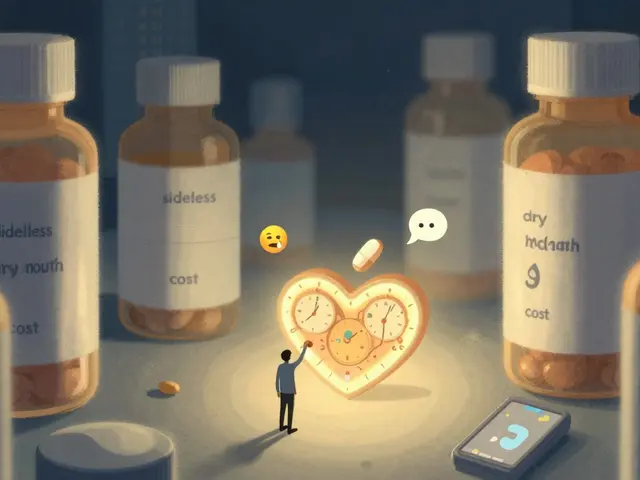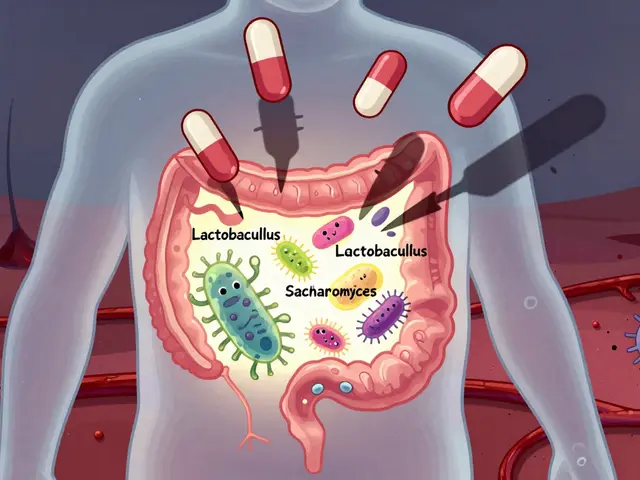Permethrin: What It Does and How to Use It Correctly
Permethrin is a medicine and insecticide that treats lice and scabies and also kills bugs on clothing or bed nets. It works fast, but if you use the wrong dose or apply it poorly, it won’t help—and you might get skin irritation. Here’s a clear, practical guide so you know what to expect and how to use permethrin without guessing.
How to use permethrin
Permethrin comes as a cream, lotion, or spray. For scabies, doctors usually prescribe a 5% cream you spread over the whole body from the neck down, leaving it on for 8–14 hours before washing off. For head lice, an over-the-counter 1% lotion or shampoo is common; you apply to dry hair, leave for the time on the label, then rinse. Read the label—products differ in concentration and timing.
Follow these simple steps every time: check the product strength, use the amount your provider or the label says, apply evenly (don’t skip areas), set a timer so you don’t leave it too short or too long, and wash your hands after. For lice, comb wet hair with a fine-tooth nit comb after treatment to remove eggs and dead lice. Repeat treatment once after 7–10 days if live lice are still seen or as your doctor advises.
Safety and side effects
Most people only get mild irritation—redness, itching, or a burning feeling where permethrin touches skin. If you notice severe swelling, trouble breathing, or a rash that spreads, stop using it and get medical help. Don’t use permethrin on broken or infected skin unless your doctor tells you to.
Pregnant or breastfeeding? Tell your doctor before using permethrin. Many healthcare providers still recommend it for scabies in pregnancy when needed, but they’ll weigh benefits and risks. For babies and very young children, use pediatric guidance—some formulations are not safe for infants under 2 months.
If you’re using permethrin spray or treating clothing and bedding, do it outdoors or in a well-ventilated space. Let treated fabrics dry fully before wearing or sleeping on them. Wash towels, bedding, and recently worn clothes in hot water and dry on high heat where possible to kill mites and lice.
Resistance can happen. If repeated treatments fail, your healthcare provider may suggest a different medicine or an oral drug. Persistent itching after treatment doesn’t always mean treatment failed—dead mites can still trigger itch for a few weeks, so your doctor will check whether live mites remain.
Questions? Ask your pharmacist or doctor about the right strength and how long to leave the product on. Keep products out of reach of kids and follow disposal rules on the label. Used the right way, permethrin is a reliable tool to stop scabies and lice quickly—used the wrong way, it won’t help much and could cause problems. Stay practical, follow instructions, and reach out for medical advice if anything feels off.
How to Store and Dispose of Permethrin Safely
As a responsible user of permethrin, I've learned that it's essential to store and dispose of this chemical safely. To store permethrin properly, I always keep it in its original container, tightly closed, and away from food, children, and pets. I also make sure that the storage area is cool and dry to prevent any accidents. When it comes to disposing of permethrin, I never pour it down the drain or throw it in the trash. Instead, I contact my local hazardous waste facility to find out the safest way to dispose of it in my community.






